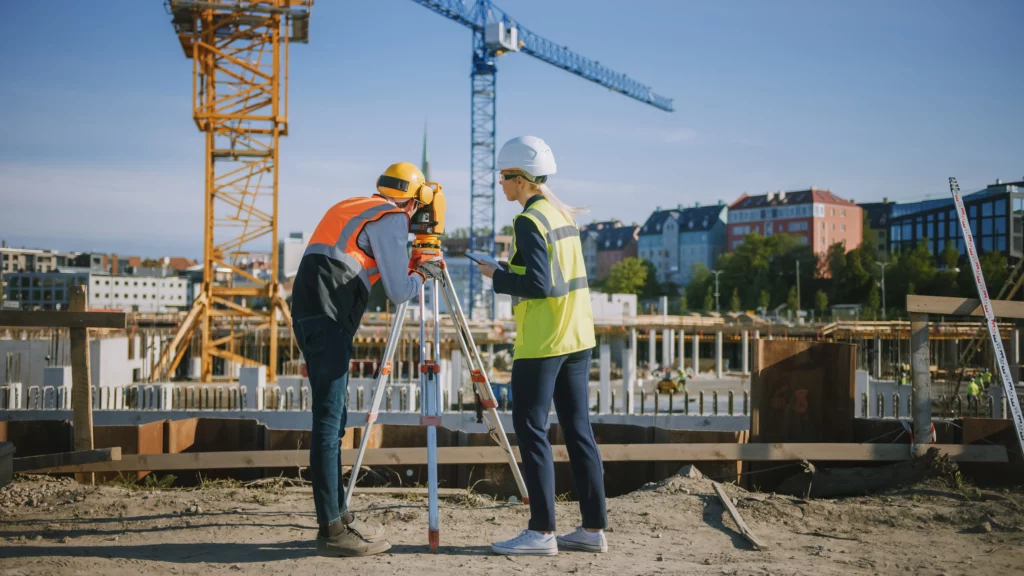What can regulators do if they find a breach?
There’s been a serious incident or an unannounced visit, HSE is investigating OR has investigated. What’s next?
HSE’s position on enforcement is that its “emphasis is on prevention” but that it will enforce the law where it finds it is being “deliberately flouted”. It also promises that any enforcement action it takes is “proportionate, targeted, consistent, transparent and accountable” and in line with its Enforcement Policy Statement and Enforcement Management Model.
Mmmm, right.
HSE has a range of enforcement options available to it:
- providing information and advice face-to-face or in writing
- serving improvement or prohibition notices on duty holders
- withdrawing approvals
- varying licenses, conditions or exemptions
- issuing formal cautions
- prosecution
The thing organisations under investigation want to know is what will HSE do and when?
My experience is that the discretion to provide information and advice is something which HSE appear increasingly rare to exercise in all but the least serious of circumstances. The decision-making process for HSE is much more about whether the circumstances in front of an Inspector require an immediate enforcement response or not.
Inspectors are trained to deal first with matters that give rise to a risk of serious personal injury. They have the power to either prohibit the work activity; or seize and make safe the article or substances that are creating the risk. Sometimes they’ll do both.
Both types of enforcement notice (Improvement and Prohibition) will include a summary of the inspector’s opinion, and details of the breach(es) and danger(s) that have been observed.
An improvement notice, as the name suggests, means there needs to be an improvement. It is issued when work has taken place or is taking place, that doesn’t comply with health and safety laws. It will identify a breach in the law that needs to be addressed and can be imposed where an incident has occurred or as a result of a routine inspection.
An improvement notice applies as soon as it’s issued
The improvement notice applies as soon as it’s issued but it doesn’t require immediate action (although you should take action as soon as you reasonably can). The notice will tell you what needs to be improved and when it needs to be improved by – imposing a deadline by which you need to fix the issue.
What is a prohibition notice?
A prohibition notice is generally issued for more serious health and safety problems – this is typically the option chosen where there has been an incident or where there is some immediate risk. As soon a prohibition notice is served, the activity must stop. Unlike the improvement notice, the prohibition notice doesn’t need a deadline. Work just simply cannot happen until the matters are resolved.
Both types of Notice can be appealed to a Magistrates Court to consider – a step many organisations are reluctant to take for fear of antagonising HSE but one which it is always sensible to consider.
Understanding a formal caution
We will ignore the withdrawal of approvals etc and move to formal cautions.
Formal (or “simple”) cautions are often misunderstood. HSE’s guidance sets out how a simple caution should be administered and states the criteria for its issue, namely that it depends on:
- the offender making a clear and reliable admission of the offence before a simple caution can be offered;
- a realistic prospect of conviction if the offender were to be prosecuted; and
- the offender agreeing to receive the caution.
HSE’s enforcement policy indicates that prosecutions are taken where the risk, breach and outcome are usually serious, a simple caution is not normally appropriate in circumstances where an HSE case could be properly brought. In particular, it should not be used as a ‘let off’ where there are some mitigating circumstances, where there is doubt about the ‘public interest’, or where either the prosecutor’s office or the court is ‘too busy’. The guidance talks about their having to be “exceptional circumstances” present before a simple caution is offered.
So, a simple caution is a rare beast – as a suspect, advancing a position to support the existence of exceptional circumstances will be one of the key tactical decisions in responding to HSE and needs to be set up from the very start of any intervention or investigation.
See the whole blog series below:
Planning for the worst: The key components of a crisis management plan.
Entry, search and seizure: Who are the regulators and what are their powers?
Dealing with health and safety investigations
Interviews under caution – Part 1, What are they? and Part 2, Why do they matter?
Enforcement options: What can regulators do if they find a breach? – Part 1, Cautions and Part 2, Prosecution
The end game: health and safety sentencing – Part 1, Culpability and Harm and Part 2, The Pounds and the Pennies.






































































